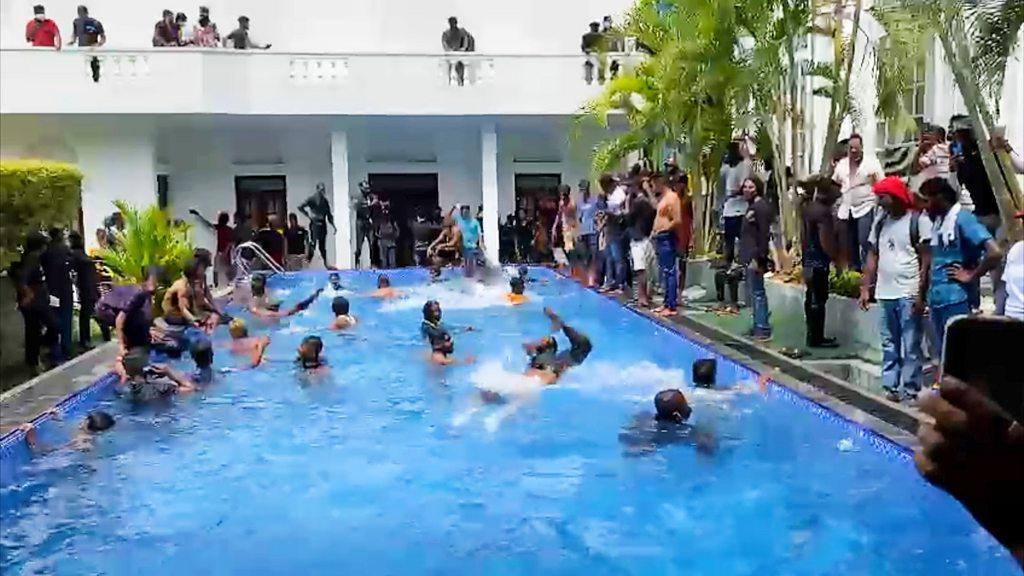Dead rodents litter PM's official home, but do Canadians care?
- Published
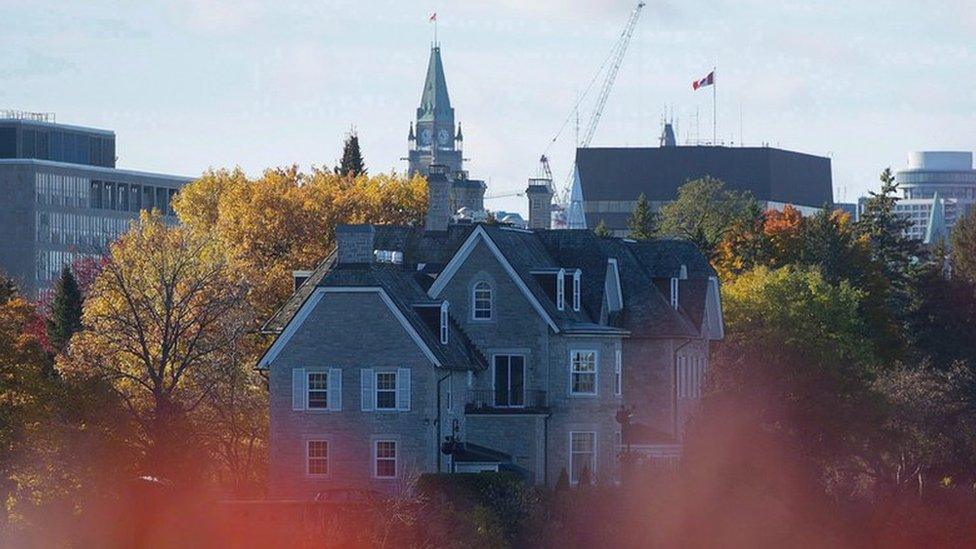
The official residence for Canada's prime ministers, 24 Sussex Drive has seen better days
From the White House to 10 Downing Street, political leaders live in some of the world's most iconic official residences. But in Canada, the fate of 24 Sussex Drive, home to the country's prime ministers for more than 70 years, is up in the air after it was allowed to fall into uninhabitable disrepair.
The list of problems would turn away even the most ambitious buyer looking for a fixer-upper.
The home that has welcomed the world's elite - from John F Kennedy to Princess Diana and Mikhail Gorbachev - now sits empty, a fire trap rife with asbestos, lead, and mould, aging electrical wiring and rusted water pipes near "catastrophic collapse", according to a federal agency. Drafty windows let in frigid Ottawa winter air and the house lacks central air conditioning for the summer months.
The last major renovations to the one-time lumber baron's mansion, built in 1868 on the south bank of the Ottawa River, were completed in 1951. The estimated cost to fix it up properly now stands at more than C$36m ($26m; £21.5m).
The latest concern is an "important rodent infestation ... that leaves us with excrements and carcasses between the walls and in attic and basement spaces", according to the National Capital Commission (NCC), the federal agency that manages the property.
The disrepair has gotten so dire the NCC was worried 1,500 people at a recent garden party on the grounds might have gone "rushing into this uninhabitable building" to seek shelter during a tornado warning.
"It's got to be stripped down to the studs," JDM Stewart, author of Being Prime Minister, told the BBC. He is not alone in calling the current state of the property a "national embarrassment".
Trudeau wouldn't live there - again
The house at 24 Sussex Drive has sat vacant since 2015.
The 34-room, 12,000 square-foot residence was once Justin Trudeau's childhood home. He lived there when his father, Pierre Elliott Trudeau, served as prime minister.
But he decided that he would rather move his family to a government-owned, two-storey Georgian Revival brick heritage building about a kilometre away when he became PM.
"I made the decision a number of years ago not to move into that house, and to ensure that my family lived in a smaller but better place in Rideau Cottage," he told reporters recently, after the National Post newspaper first reported on the rodent problem at 24 Sussex.
Unlike the White House and 10 Downing, 24 Sussex was always really a home. It never had an executive function - it doesn't serve as the official workplace for prime ministers and staff, whose offices are closer to parliament - and while there were social events, it's too small to host formal gala dinners.
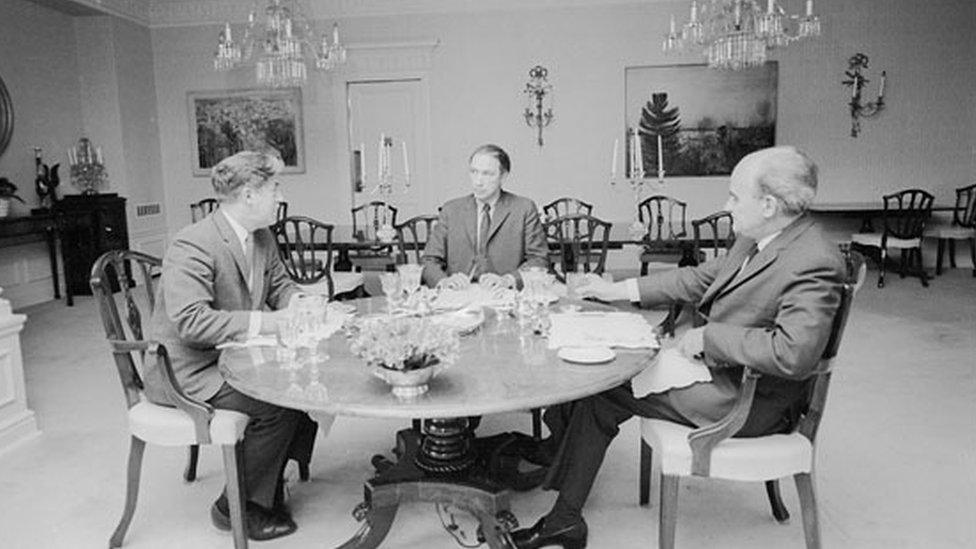
Prime Minister Pierre Elliott Trudeau, centre, hosts a working lunch at 24 Sussex in 1970
A political fire trap, too
Still, how is it that the official residence of Canadian prime ministers was allowed to fall into a state of dilapidation?
Inaction dates back some four decades, said Mr Stewart, to when Brian Mulroney was prime minister.
"Anytime he would do any renovations to Sussex Drive or repairs, the media would be all over him for extravagances," he said.
Opposition politicians criticised the spend, including the addition of what were dubbed "Imelda Marcos-like closets" to hold his wife's shoes.
And in the 1970s, Pierre Elliott Trudeau took flack for upgrades to the kitchen and security - called a "lavish use of public money" by his political opponents - and for building a pool on the property paid for by private donors.
From then on, prime ministers have avoided spending any significant funds to keep the building in decent shape.
But "it just became this easy, low-hanging fruit to criticise government spending or criticise an individual prime minister," said Mr Stewart.
"Mulroney said to me: 'If the prime minister went around on just a regular Greyhound bus, every Canadian would be perfectly fine with it.'"
Politically, spending money on 24 Sussex became as toxic as the asbestos in its walls.
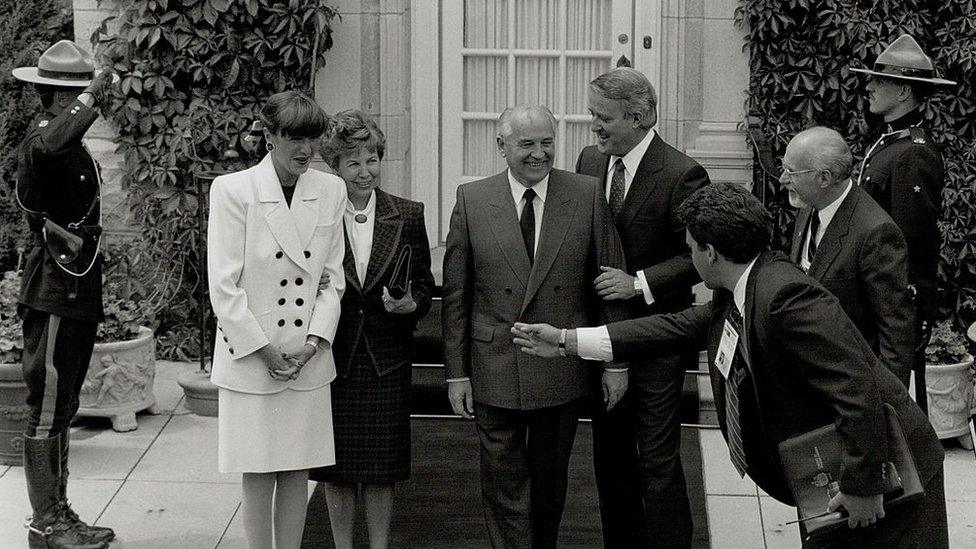
Prime Minister Brian Mulroney hosts a lunch with Mikhail and Raisa Gorbachev at 24 Sussex in 1990
"Anything that a prime minister decides that they can potentially benefit from — that's one of the reasons that that house has gone into the ground since the time I lived there — is that no prime minister wants to spend a penny of taxpayer dollars on upkeeping that house," Mr Trudeau himself said in a 2018 interview with the CBC.
Can Force One, the prime minister's executive plane, has also been allowed to fly past its best-before date - the ageing Airbus CC-150 Polaris had outdated ashtrays in the armrests up until a few years ago. Last year, Canada announced it was finally replacing the fleet.
"There is this uniquely Canadian sensibility of kind of being cheap, particularly when it comes to government officials," said Mr Stewart, noting that the first prime minister to live in 24 Sussex - Louis St Laurent - had to pay C$5,000 in rent in the 1950s. That policy ended in 1971.
To fix or forget about 24 Sussex?
The question now is whether to pay to fix the property or to knock it down and build something new - a decision Mr Trudeau has left up to bureaucrats, saying earlier this month there are "ongoing consultations" about its fate.
A January opinion poll by the non-profit Angus Reid Institute suggested that half the country opposes renovating the dwelling. A third of respondents told the pollster the best course forward is to start from scratch and build a modern home for the head of government.
But Mr Stewart thinks that while media pressure played a role in making prime ministers wary of spending on renovations, recent headlines about the shame of letting 24 Sussex Drive sit and rot might finally spur an investment.
"I think Canada misses out on looking like they are a serious player about what face they put forward to the outside world," he said.
"We know [24 Sussex] is not the most important piece of history in the country, but it is one of those important pieces of history. It's just sitting there vacant. And that's a real shame."
Related topics
- Published26 October 2022
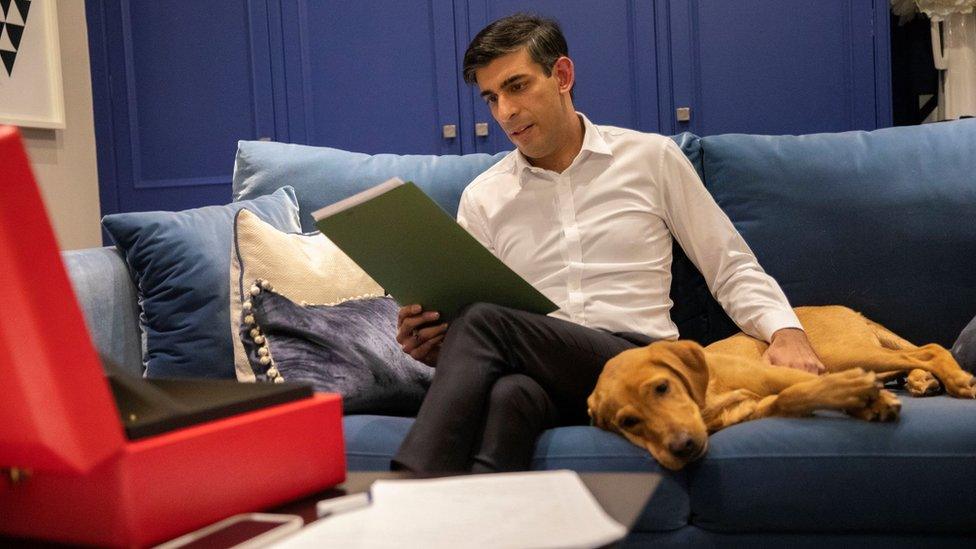
- Published16 September 2022
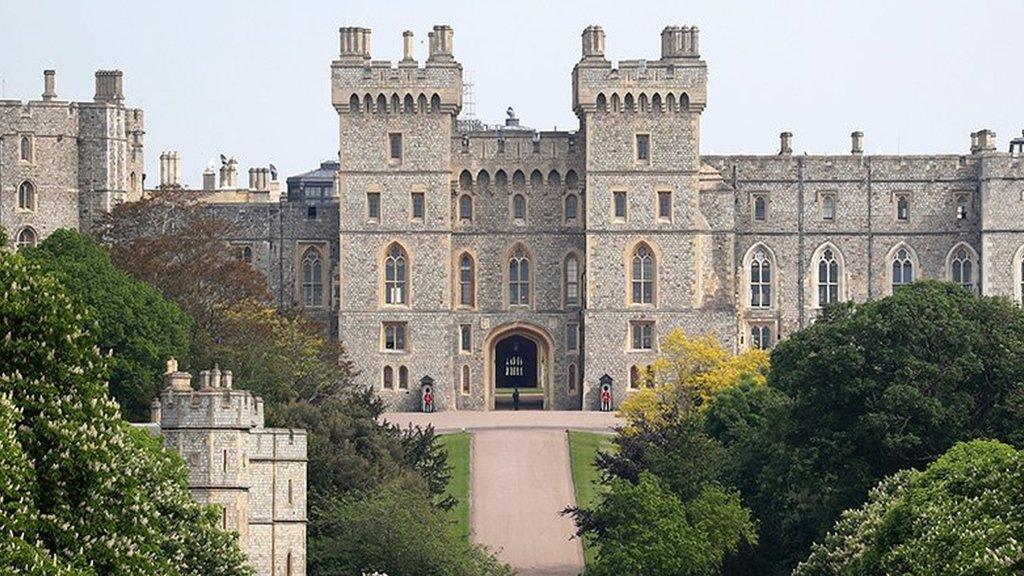
- Published17 March 2023
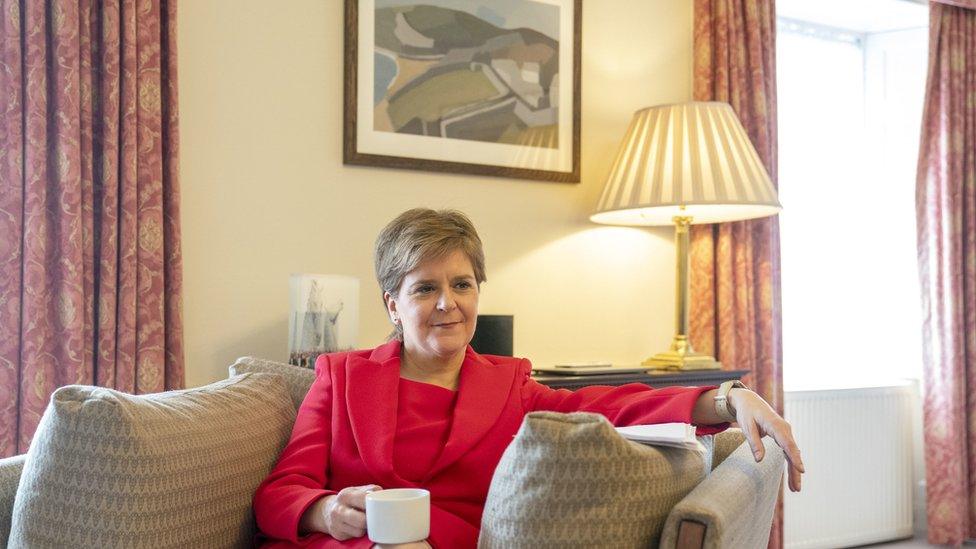
- Published9 July 2022
